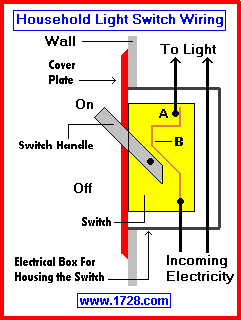marc deschenes
Senior Member
Re: Big oops ... need suggestions
I defer to Charlie , does the use of the words "the system" in the definition of outlet provide for a more broad description of what "the system" is ?
Could it be that "the system"refered to is bigger more inclusive, than the premises wiring system??
I defer to Charlie , does the use of the words "the system" in the definition of outlet provide for a more broad description of what "the system" is ?
Could it be that "the system"refered to is bigger more inclusive, than the premises wiring system??

